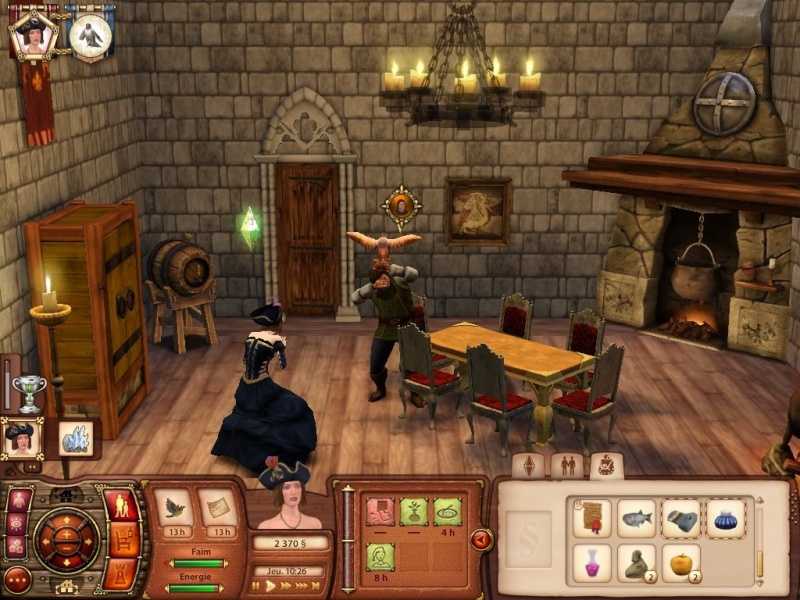

This thesis concentrates on the visit of the itinerant justices to Oxfordshire in January 1261, an event that occurred shortly after the demise of the baronial council. Comparisons with further new data, for the cash revenues shown in the annual pipe rolls, demonstrate that in normal times the Adventus represented a significant proportion of government income, some 30 per cent of the cash recorded in the county accounts. The Adventus figures are related to records of Treasury receipts, to show that the cash was received over a period of several weeks following the nominal date of the Adventus. During the period of civil war and disorder, revenues fell, as might be expected, and on two occasions the Adventus did not take place. The figures in this article show that revenues were maintained during the early years of the baronial reform movement, but collapsed from 1263 onwards.
#The sims medieval execution full
The amounts collected at this Adventus have not hitherto been published in full the data used in previous publications covered only county revenues, but not the boroughs. It’s a good time for young and old alike while still imparting knowledge and encouraging curiosity about the Middle Ages.Twice a year, sheriffs and other officials appeared at the Exchequer to pay in the cash they had collected for the government of Henry III. This is the kind of event where you come with and open mind and a sense of enjoyment versus a serious re-enactor’s/scholar’s eye. Those looking for hard and fast historical accuracy – you’re not going to find it here. It is meant to be light-hearted fun with a medieval twist. The show is geared towards a younger audience with a wink to adults to play along.

The portion size for the vegetarian meal is also fairly large.

It wasn’t bad but it wasn’t a 5 star meal either. For those of you who don’t eat meat, there is a vegetarian meal option which consists of a rice stuffed pepper, potatoes, hummus and a few other veggies. This food was good – not great – and the portions were large enough that you shouldn’t be leaving hungry. For those who love, meat, you get served chicken, ribs and a potato (but no cutlery – you’re eating with your hands). They put a lot of enthusiasm and energy into the show, and did a fantastic job! They are Jacks-of-all-trades: part-actor, part-athlete, and always prepared to deal with their animals and interact with the audience. The dedication of the performers is impressive – the ones we spoke to have spent years with Medieval Times Dinner and Tournament and clearly enjoy what they do. However, they might be having too much fun to care! Young children will get a learning experience, as they see how weapons like lances and swords were used in battle. While the story states that this play is based on late-11th century Spain, the show doesn’t aim for historical accuracy – instead, you get a “flavour” of medieval life. This gives you a good reason to cheer on your knight, who in return, gives out flowers to the pretty girls or children in his section. The arena itself is divided into six sections, that represent a different colour for each knight – red, green, yellow etc – We were with the Black and White knight. What it all leads to a tournament, where six knights try to win at various games and feats before they battle each other. You can enjoy your meal, have a conversation with your friends and still not miss out on the action.Īs the dinner progresses, you get to see various performances, including a falconry display and horses showing off some impressive manoeuvres. The simpleness of the plot actually works in its favour – as you eat your dinner you are not wondering about what’s happening or who is doing what, it just doesn’t get that complicated. The show has a relatively simple plot, where you are part of a feast the King is holding watching as the drama unfolds regarding a missing prince and a rogue knight who isn’t going to play fair.


 0 kommentar(er)
0 kommentar(er)
